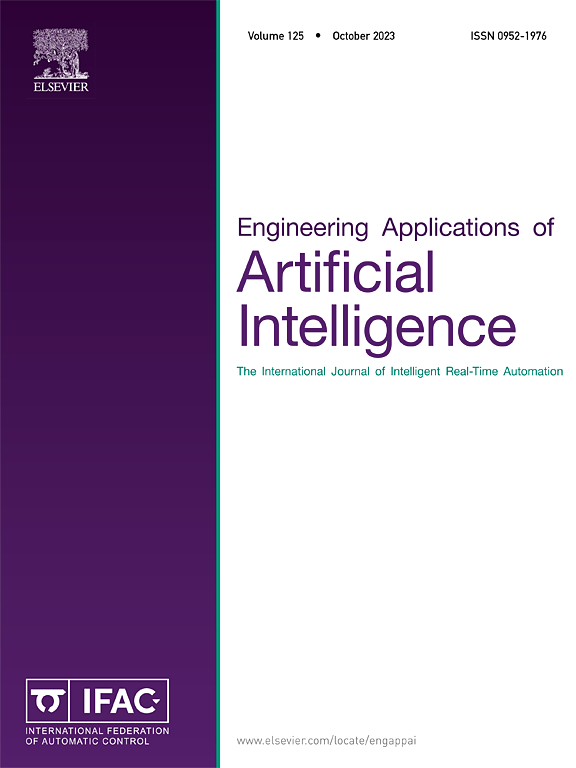Physics informed neural network with Fourier feature for natural convection problems
IF 7.5
2区 计算机科学
Q1 AUTOMATION & CONTROL SYSTEMS
Engineering Applications of Artificial Intelligence
Pub Date : 2025-02-21
DOI:10.1016/j.engappai.2025.110327
引用次数: 0
Abstract
In this paper, we investigate the application of deep neural networks to solve the Navier-Stokes and heat equations within the framework of modeling the natural convection phenomenon. The main objective is to reconstruct the velocity and temperature fields in a differentially heated rectangular cavity while adhering to the imposed boundary conditions. Two main architectures are compared: the Fully Connected Neural Network and the Fourier Features Neural Network. A hyper-parameter tuning process was carried out to optimize the network performances. This tuning led to a final architecture composed of 6 layers, each with 128 neurons, and 64 Fourier frequencies, with the Mish activation function selected after testing several alternatives. Both architectures were trained on four cases, where the Rayleigh number ranges from 104 to 107, with quasi-randomly sampled points. The network predictions were then compared to the results obtained from numerical simulations of the Navier-Stokes and heat equations. The results show that for low Rayleigh numbers (104 and 105), both architectures converge quickly, producing smooth profiles dominated by low frequencies. However, for higher Rayleigh numbers (106), the Fourier Features Neural Network outperforms the Fully Connected Neural Network by better capturing the complex and localized variations, thanks to its explicit integration of periodic components, which makes it particularly well-suited for multi-scale problems.
This study highlights the potential of deep neural networks to solve partial differential equations in complex configurations, offering a promising alternative to traditional methods. It also emphasizes the importance of choosing an architecture that fits the specific characteristics of the problem at hand, especially in cases where the solutions exhibit multi-scale variations or high frequencies.
求助全文
约1分钟内获得全文
求助全文
来源期刊

Engineering Applications of Artificial Intelligence
工程技术-工程:电子与电气
CiteScore
9.60
自引率
10.00%
发文量
505
审稿时长
68 days
期刊介绍:
Artificial Intelligence (AI) is pivotal in driving the fourth industrial revolution, witnessing remarkable advancements across various machine learning methodologies. AI techniques have become indispensable tools for practicing engineers, enabling them to tackle previously insurmountable challenges. Engineering Applications of Artificial Intelligence serves as a global platform for the swift dissemination of research elucidating the practical application of AI methods across all engineering disciplines. Submitted papers are expected to present novel aspects of AI utilized in real-world engineering applications, validated using publicly available datasets to ensure the replicability of research outcomes. Join us in exploring the transformative potential of AI in engineering.
 求助内容:
求助内容: 应助结果提醒方式:
应助结果提醒方式:


